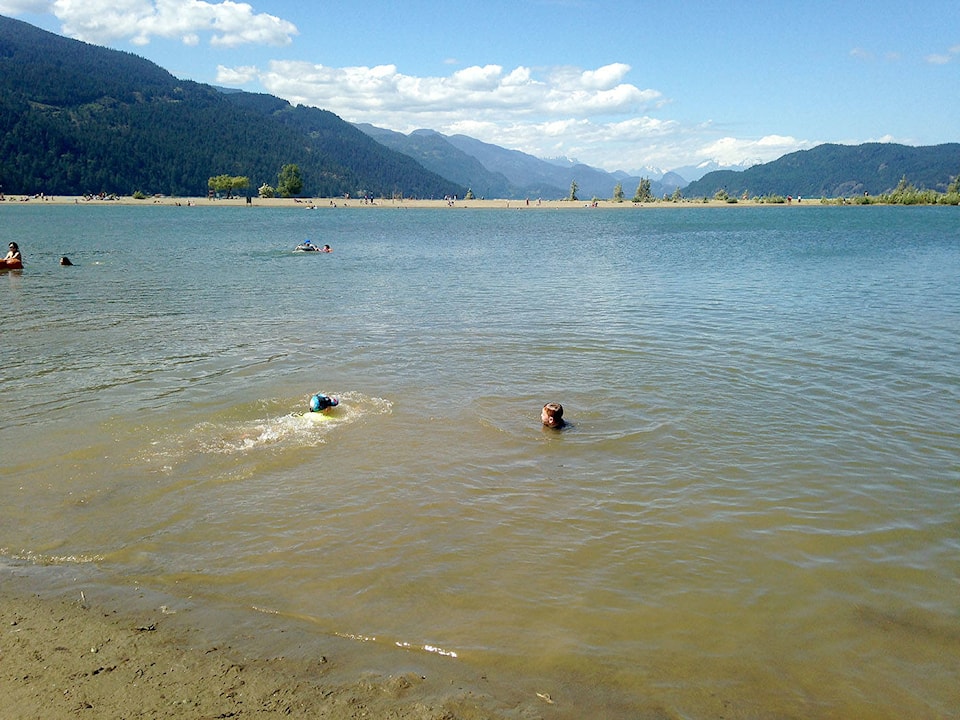Drowning can happen in an instant, to even the most seasoned swimmer. It can even happen in four feet of water.
In this edition, staff reporter Troy Landreville gives his first-hand account of strangers rescuing two young men from drowning at the Harrison Lagoon over the Canada Day long weekend.
After the men were brought to shore with help from the strangers using floatations, one of the victims vomitted and the other was taken away on a stretcher, with his condition unknown.
Harrison is a favourite spot, but it is also one of the deadliest. Its glacier-fed water is surprisingly cold and in the summer of 2015, four people drowned there including a 21-year-old Langley woman.
Perhaps it is time for Harrison to invest in lifeguards. It could save some lives at a very small cost to taxpayers.
Already, B.C.’s waterways have claimed at least three lives, with a dozen or so near drownings in the past two weeks. Sadly, history and statistics tell us many more tragedies will occur.
Hundreds of people drown in Canada each year. Hot and dry 2013 was a particularly bad year in this province, with 83 people drowning in B.C.
Langley is still grieving the loss of two young young men, best friends Austin Kingsborough and Brendan Wilson, who drowned while taking a canoe ride without wearing lifejackets, at Nicola Lake, near Merritt in 2013.
The British Columbia Drowning Report 2015 edition is a cautionary tale. It tells us July and August are the most dangerous months; that eight out of 10 drowning victims are male; and that age 20-24 is the riskiest time of life.
The most likely cause of drowning is alcohol (48 per cent) followed by not wearing a life jacket (40 per cent). Swimming after dark, and swimming alone are the other two main contributors to drowning.
According to a 20 year research project on drowning, boating accounts for one-third of all drownings in Canada. A total of 87 per cent of those deaths were preventable if lifejackets were worn.
We have an abundance of lakes, rivers and beaches — enjoy them, just respect the water so we can beat the statistics.
